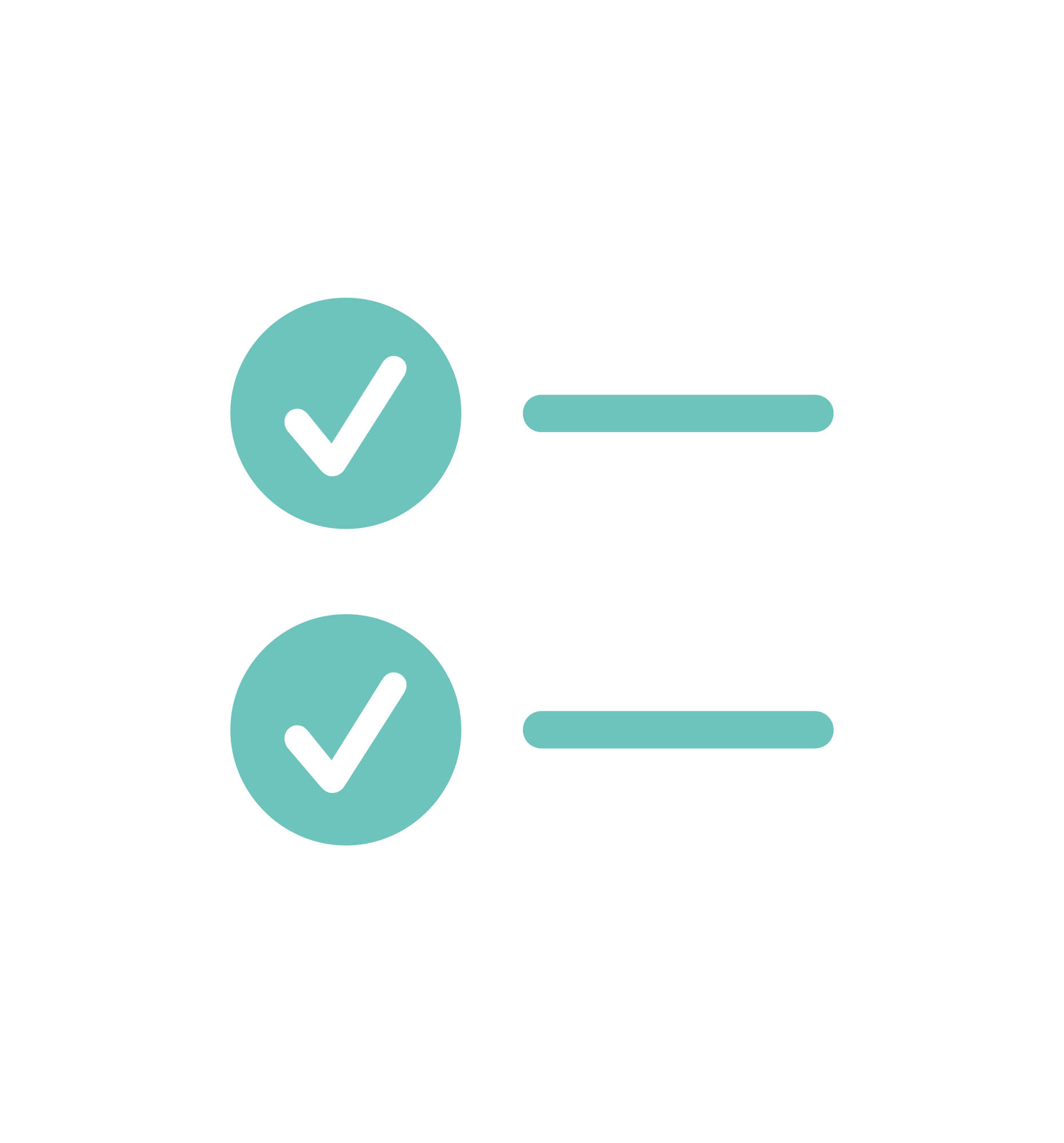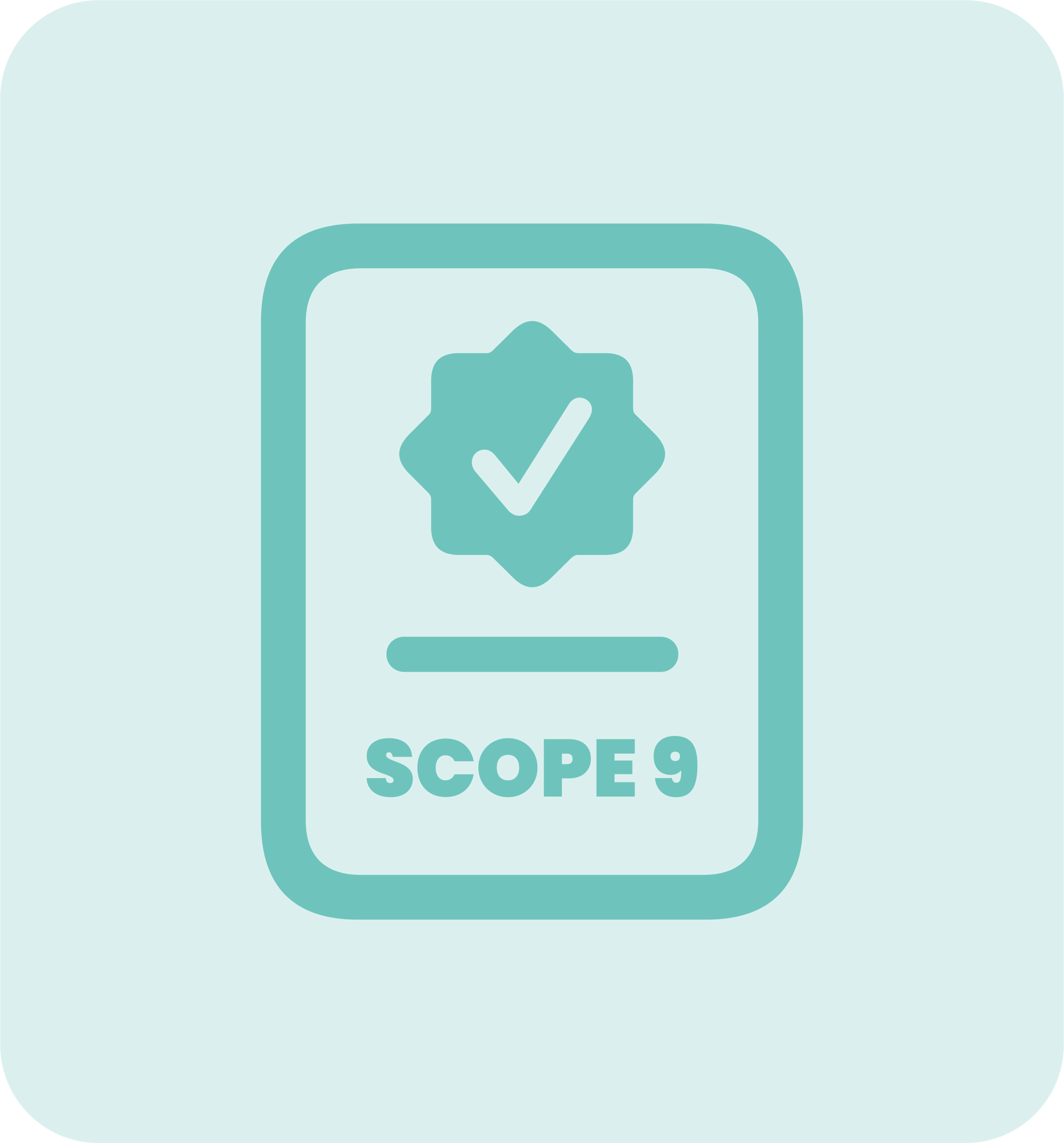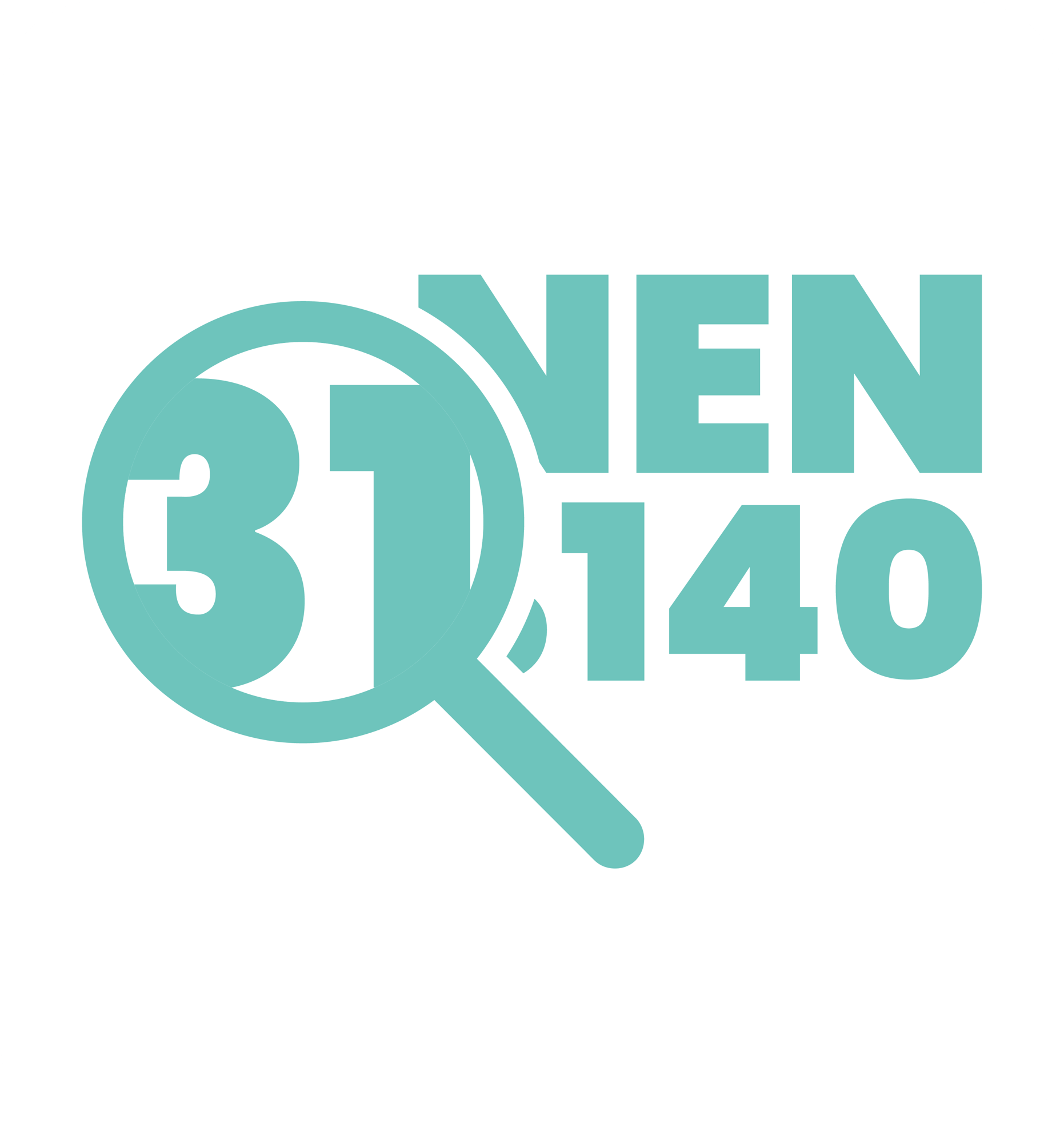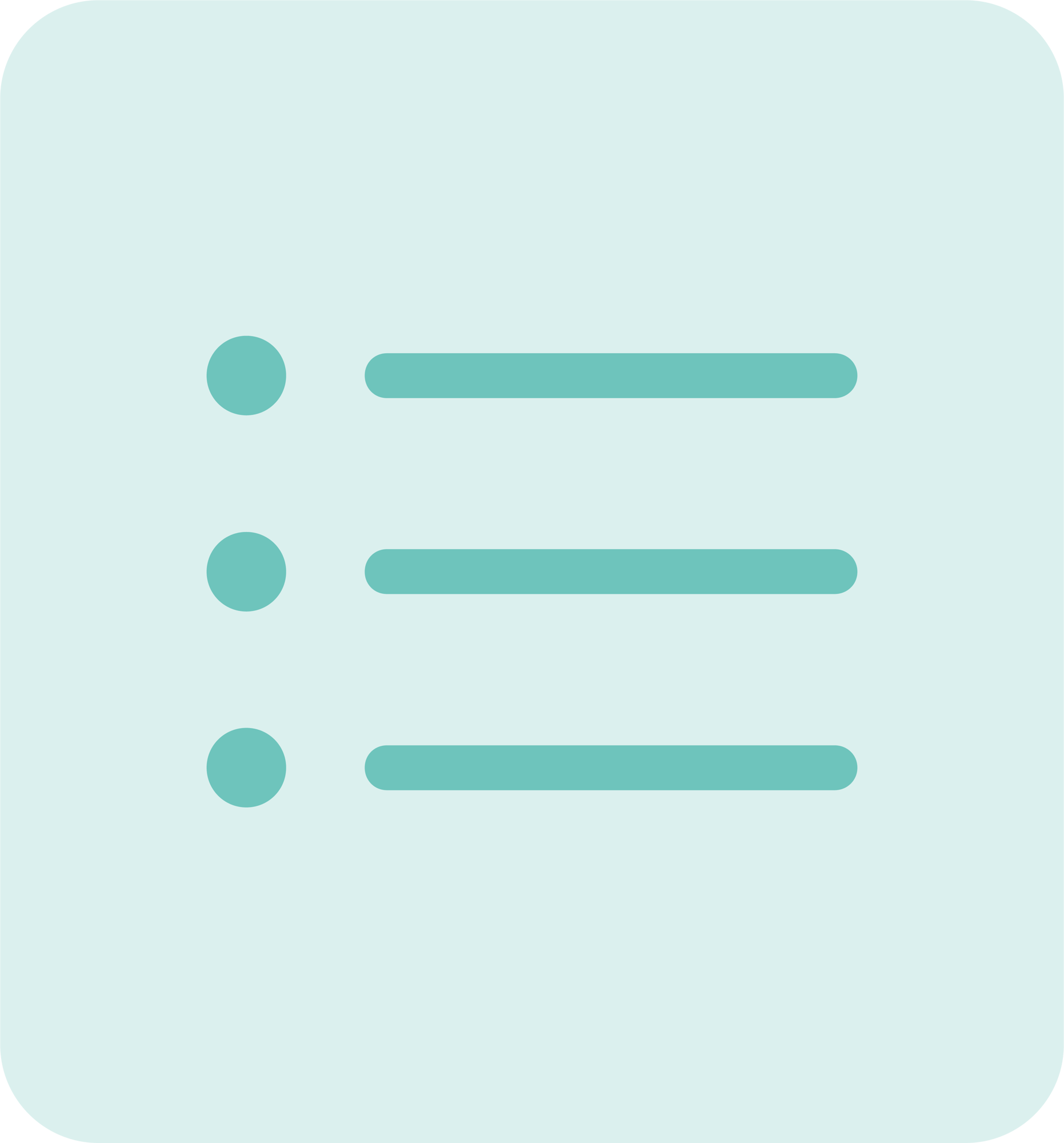| Included | Not included | |
|---|---|---|
| Inspecting the electrical meter cabinet and distribution boards. | Inspecting the solar panels and associated inverters. | |
| Detecting faults in the insulation through measurements. | Inspecting electrical work equipment according to the Occupational Health and Safety Act (Arbowet). | |
| Testing the residual current device (RCD). | Repairing identified issues. | |
| Detecting fire hazards using thermography. | Inspecting elevator installations and associated distribution panels | |
| Inspecting lightning rods |
What is SCIOS
Scope 9 inspection?
A SCIOS Scope 9 inspection checks whether electrical work equipment complies with NEN 3140 and the Dutch Occupational Health and Safety Act (Arbowet). This helps minimize risks of injury and fire, while creating a safe working environment. All devices with a plug are generally eligible for a Scope 9 inspection. Want to know exactly what this inspection entails, what is and isn't covered, or curious about the reasons for having a Scope 9 inspection or the associated costs? Then you're in the right place, as this page is fully dedicated to the SCIOS Scope 9 inspection.


What is SCIOS
Scope 9 inspection?
%20(1)%20(1).webp?width=866&height=930&name=Scope-9%20(apparaten)%20(1)%20(1).webp)
What does a SCIOS Scope 9-inspection involve?
In almost every company, electrical devices are present. This category includes not only large, heavy machinery but also computers and coffee makers. You may not be aware, but the use of these devices carries risks. For instance, injury can occur if a device is live and you or an employee touch it. Additionally, an unsafe electrical device can catch fire. A Scope 9 inspection helps reduce these risks.
A Scope 9 inspection had to be carried out by a certified company working according to the Criteria of Supervision (CvT) until 2018. Nowadays, this is done by a SCIOS-certified company. The requirements regarding knowledge and competence are, just like with the CvT, based on NEN 3140. In addition, you comply with the Occupational Health and Safety Act (Arbowet) and the requirements set by insurers.
Is a Scope 9 en NEN3140 required?
Based on the law, a Scope 9 and NEN 3140 inspection is not mandatory. However, according to the Occupational Health and Safety Act (Arbowet), as an employer, you are responsible for providing a safe and secure working environment. This law refers to NEN 3140 when it comes to electrical devices. By having a Scope 9 inspection carried out, you comply with the safety requirements outlined by this standard. Since this electrical inspection goes a step further than NEN 3140, you also meet the requirements set by many insurers for obtaining (fire) insurance policies.

What is included and not included in a Scope 9 inspection?
Included |
Not included |
|---|---|
| Inspecting the electrical meter cabinet and distribution boards. | Inspecting the solar panels and associated inverters. |
| Detecting faults in the insulation through measurements. | Inspecting electrical work equipment according to the Occupational Health and Safety Act (Arbowet). |
| Testing the residual current device (RCD). | Repairing identified issues. |
| Detecting fire hazards using thermography. | Inspecting elevator installations and associated distribution panels |
| Inspecting lightning rods |

6 reasons to perform a scios scope-9 inspection
Is a SCIOS Scope 9 inspection not mandatory for your company? You might choose not to have an inspector come by. That's a shame, as every company can benefit from it. To convince you, here are 6 reasons to have a Scope 9 inspection carried out.
- You reduce the risk of electric shock from touching electrical devices.
- There is a lower risk of fire.
- Processes are less likely to be disrupted.
- You comply with the requirements set by the Occupational Health and Safety Act (Arbowet).
- You extend the lifespan of individual electrical devices.
- You can be sure that a device is properly installed.
Inspection obligation according to the law.
For certain work equipment, specific inspection obligations are included in the law. These obligations may vary depending on the device. Therefore, it is important to determine if this applies to your equipment and which obligations apply to your company. Refer to the Occupational Health and Safety Decree (Arbobesluit) or the Commodities Act Decrees (Warenwetbesluiten) for detailed information. These documents outline the inspection obligations for specific work equipment, so you know exactly what is expected of you.


NEN 3140
NEN 3140 is a term that many people have heard of, but not everyone knows exactly what it means. In fact, some people may have no idea what it stands for. Simply put, it is a standard created to ensure safe working conditions when using electrical equipment. Are you curious about what the standard entails? Or would you like to know what the requirements and regulations of NEN 3140 are? You can find out more on the page below!
Other electrical inspections
A Scope 9 inspection focuses on checking electrical devices with plugs. If you want to have your company's electrical installation checked for touch hazards or you're interested in the safety of your PV system, you can combine a SCIOS Scope 9 inspection with other electrical inspections, such as Scope 8, Scope 10, Scope 12, NEN 1010, NEN 3140 of NTA 8220.

How does a Scope 9 inspection proceed?
Would you like to have a Scope 9 inspection performed, but have never done this before? Then you're probably curious about how such an inspection works. Below, we explain it step by step, so you won't be caught off guard when an inspector comes by.

Step 1: Visual Inspection
On the scheduled day and time, an inspector will arrive for the SCIOS Scope 9 inspection. Together with him, you will go through the devices you want to have inspected. He will first conduct a visual inspection and provide tips and highlight points of concern based on this. To save time, you can gather all the devices you want to have inspected in one location.
Step 2: Measurement
Once the inspector has visually inspected the devices, he will take out his measuring equipment. This allows him to detect any defects and risks that are not visible to the naked eye. The inspector will follow the guidelines of Scope 9 during this process.
Step 3: Documenting
After the visual inspection and measurements, the inspector records their findings in detail in a report, documenting any defects, deviations, and the most urgent issues. This sample report shows how the results of a SCIOS Scope 9 inspection are organized and recorded in a clear and structured way.
Step 4: Take Action
Are there defects or deviations in the report? Then it is up to you to address these issues. Do not do this yourself, but hire an installer to handle it. Once the 'problems' are resolved, request a re-inspection. If you pass the (re)inspection, the installer will mark you as passed in the SCIOS portal, and you won't need to do anything further.
Costs of a scope-9 inspection
A SCIOS Scope 9 inspection can only be carried out by an independent inspector. Therefore, it probably comes as no surprise that there are costs involved. Unfortunately, we can't provide an exact figure for the cost of a Scope 9 inspection. The price depends on various factors, such as the number of devices and the size of the company. Want to know exactly how much a Scope 9 inspection costs? Then request a quote.

Frequently Asked Questions about a
Scope 9 Inspection
SCIOS Scope 9 is an electrical inspection focused on preventing touch hazards with electrical work equipment. This includes, in principle, all electrical appliances with a plug, such as computers, tools, and coffee machines.
The cost of a SCIOS Scope 9 inspection varies per company. The number of devices that need to be inspected and the size of your company play a significant role in this. The more devices you have inspected, the higher the cost.
A Scope 9 certificate is proof of a successful Scope 9 inspection. You receive it if the inspector has not found any defects or deviations after the (re)inspection of the electrical work equipment.
No, SCIOS Scope 9 is not legally required. However, many companies cannot avoid it because the associated certificate demonstrates compliance with the Occupational Health and Safety Act (Arbowet) and NEN 3140.
The frequency of a Scope 9 inspection depends on several factors. Examples include the level of usage, the expertise of the user, environmental influences, and the likelihood of damage. As a result, one company may need to conduct a Scope 9 inspection annually, while another may only need it once every five years.
NEN 3140 is a standard used to determine whether electrical installations and devices comply with the requirements set by Dutch law. By adhering to this standard, you reduce the risks associated with electricity in your company.
It depends on the number of electrical devices that need to be inspected. The more devices you have inspected, the longer the SCIOS Scope 9 inspection will take. You can save time by gathering the devices in one location as much as possible.
In Scope 8 the electrical installation (all the cables in your company) is inspected, while the focus in Scope 9 is on the work equipment (all devices with a plug). Both electrical inspections are aimed at preventing touch hazards.
Scope 9 only pertains to electrical devices, while Scope 10 covers the entire electrical installation. There's also a difference in the focus of the inspection. A Scope 9 inspection is limited to touch hazards, whereas a Scope 10 inspection focuses on fire hazards.
It is advisable to have electric tools inspected once a year. This is especially true for tools that are used intensively.
In a SCIOS inspection, there are additional knowledge and quality requirements compared to NEN 3140. Companies must meet high-quality standards to carry the SCIOS certification. This ensures that you are guaranteed a high-quality inspection.
When we talk about electrical work equipment, we are referring to all devices with a plug. In addition to machines and tools, this can also include personal protective equipment, facilities, and aids.
 NL
NL